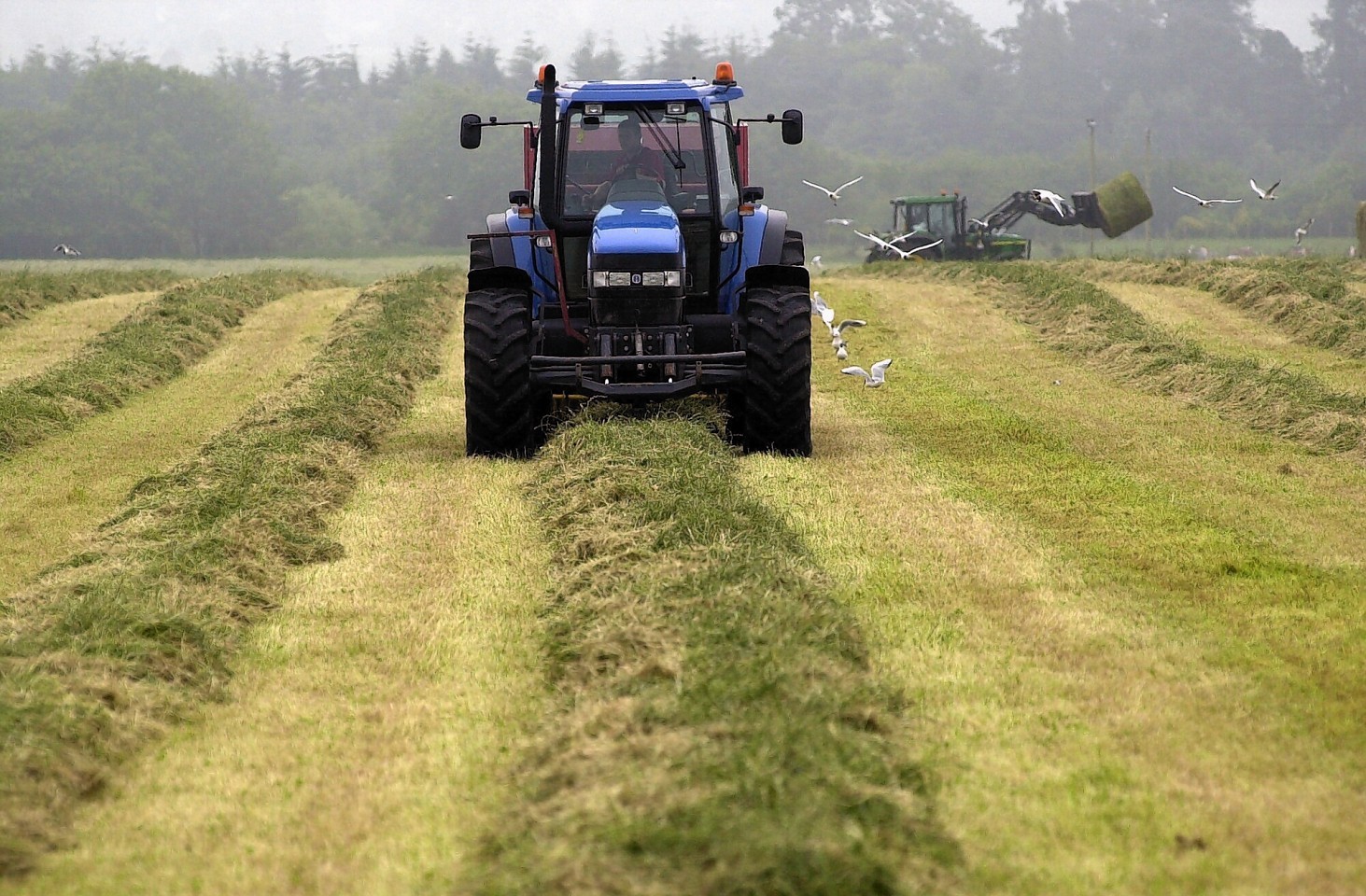Farmers and crofters have been urged to check the protein level of silage amid concerns over quality this winter.
SRUC has issued a warning to producers after a number of silage samples analysed by the college revealed below-safe levels of protein.
Nutritionist Karen Stewart, who works for the college’s SAC Consulting beef and sheep team, said it was not yet clear why protein levels were down however the late cold spring and wet winters in recent years could be to blame.
“We are very concerned that more samples this year have protein levels below the 10% level which we would consider critical for most stock. In extreme cases the protein level is even lower than last year with a few at only 6-7% crude protein (CP),” she said.
“Most at risk are dry suckler cows, between weaning and calving, where straw is mixed in with silage they eat. In this situation even silages with moderate protein levels, if they are fed with too much straw, will cause issues with the function of the animal’s rumen and possible rumen impaction.”
Despite issuing a similar warning in November last year, SAC Consulting’s veterinary services team diagnosed protein deficiency as the cause of death of one or more cattle in three beef herds.
Heather Stevenson, of the veterinary services division, advised farmers with pit silage to take a core sample from further into the pit for analysis as low protein levels were more likely to be found in first, rather than second-cut silage.
Ms Stewart said problems with low-protein silages could easily be rectified by feeding more of a suitable protein supplement, however in cases where the levels were less than 10% professional advice should be taken.
“If protein levels are low and are not accounted for when rationing, at best cattle will not perform as well,” she added. “The simplest and most important point is to find out how much protein there is in your silage by getting it analysed.”










